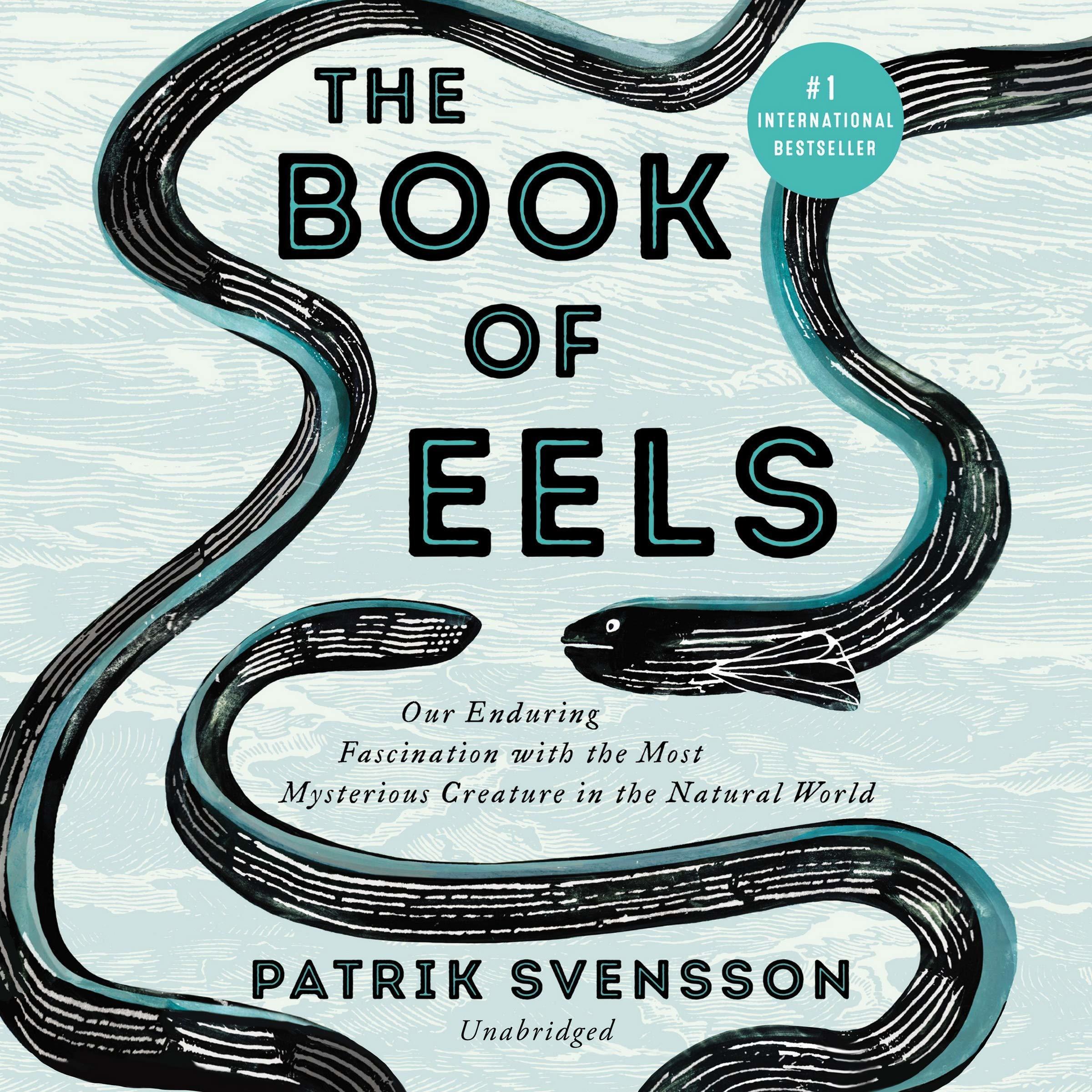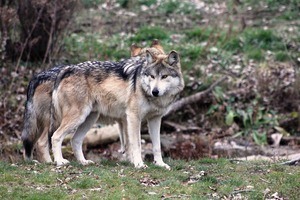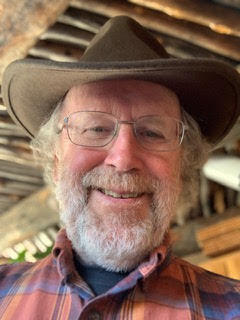
The Book of Eels
Reviewed by John Miles
Patrik Svennson, The Book of Eels: Our Enduring Fascination with the Most Mysterious Creature in the Natural World: New York: HarperCollins, 2019. English translation by Agnes Broomé, 2020.
When The Book of Eels appeared in a selection of natural history books I was reviewing, I was not enthusiastic about the topic. A whole book about eels? I expected a dry tome about the natural history of a creature I had barely heard of and that had nearly escaped my attention as a conservationist. Nearly sixty years ago I read Rachel Carson’s beautiful 1941 book Under the Sea Wind in which she follows the life cycle of Anguilla, an American eel, but I had not thought about the creature since. I had no idea that the American eel and its European cousin were severely endangered species.
Had I overlooked The Book of Eels I would have missed a most interesting, thought provoking, enjoyable, and engrossing read. Many books about nature and the environment come my way and few are as well written as this one—it is truly literature. The author, Patrik Svennson, is a Swedish journalist, and the English translator is a master of her art. This book is a natural history of the European eel, Anguilla anguilla, but much more than strictly natural history. Svennson weaves into the story of the eel some history of science, philosophical inquiry into nature and human nature, historical insights into the way this animal has been important in history and culture, and much more. He educates and entertains, mixing personal stories of growing up fishing for eels with his dad in Sweden with explorations of eel history and science.
The book starts with an overview of the life cycle of this fish. Today we believe it is born in the Sargasso Sea, drifts for up to three years as tiny larvae called “willow leaves,” transforms into a transparent glass eel, then enters European streams and transforms again into a yellow eel. At this stage of its life, it lives in dark fresh waters for decades, some up to fifty years, until it finally decides the times has come to reproduce and so it changes again, to a silver eel which then returns to salt water and makes its way back to the Sargasso Sea where it mates and dies. I say “we believe” because mystery remains key to the eel story. Over several thousand years we have learned much about this creature, but all episodes of the story have not been verified experientially and empirically by science. No one, for instance, has ever seen a mature silver eel in the Sargasso Sea or observed reproduction there.
Today the European eel is listed by the International Union for the Conservation of Nature (IUCN) as critically endangered, which is undoubtedly part of the reason Patrik Svennson was drawn to its story. Another reason, though, is that Svennson grew up fishing for eels with his father. The creature played an important role in his life and helped establish a powerful bond with his dad.
The story as Svennson tells it reaches back to Greek philosopher and naturalist Aristotle who studied the animal closely, could find no eggs or reproductive organs in the many eels he examined, so concluded they must be created from nothing, “born of mud,” among other outlandish claims. Aristotle argued that only through systematic observation and direct experience could something be explained, so the eel frustrated him because he could not observe any reproductive capacity. In this instance he had to rely on faith. Over centuries following Aristotle, many aspects of the eel’s life cycle could not be observed, and theories of “spontaneous generation” were offered by many investigators. Finally, in 1777 the Italian professor of anatomy Carlo Mondini conclusively described the reproductive organs of a mature female Anguilla anguilla, solving half of the mystery and banishing spontaneous generation from theories of its origins.
The next part of the story that Svennson tells at some length is how aspiring and ambitious student scientist Sigmund Freud, of all people, spent nearly a year dissecting four thousand eels in search of male reproductive organs, finding none. Freud was confident that “All answers are bound to appear beneath the microscope—that is the promise of science, and if you can’t trust that, then what can you trust?” Svennson notes how ironic it was that male eels eluded Freud, given how central sexuality was to his later career as a groundbreaking psychoanalyst. Twenty years after Freud gave up on finding one, a sexually mature male silver eel was finally discovered. Svennson observes that what Freud and other marine biologists failed to realize was “that eels have no visible sex organs until they need them. Its metamorphoses are not just superficial adaptations to new life conditions. They’re existential. The eel becomes what it needs to be when the time is right.” The eel was a fish and should reproduce like one, but mysteries remained.
A Danish marine biologist, Johannes Schmidt, took on the challenge of finding the eel’s breeding grounds, trawling the Atlantic Ocean from 1904 until interrupted by World War I, then resuming after the hostilities ended. He sought ever smaller “willow leaves” and eventually narrowed his search to the Sargasso Sea where he found no mature eels but very tiny new larvae. If the smallest larvae were found there, he concluded, then this must be where eels were reproducing, and in 1923 he wrote up his conclusions. In the process of tracing these larvae he also discovered that two species were present, the European eel, Anguilla anguilla, and the American eel, Anguilla rostrata. Somehow the European willow leaves went one way, the American the other. More mysteries. Svennson marvels at Schmidt’s persistence and dedication to tracing the place where the eel was reproducing. Schmidt was well-to-do and could have chosen an easier life, “And yet it never seems to have occurred to him to question the usefulness of spending almost two decades drifting around the Atlantic Ocean, finding tiny transparent willow leaves.”
Schmidt’s is not the only story of dedicated scientists fascinated by the eel to the point of obsession. Svennson wonders at his own fascination. He writes of fishing with his father, who loved the mystery of the creature: “Every time we caught an eel, I looked into its eyes, trying to catch a glimpse of what it had seen. None of them ever met my gaze.” Scientists have many motives for what they do, he thinks. The mystery of the unknown is one, but there is more. “When I held them in my hands and tried to look into their eyes, I was close to something that transcended the limits of the known universe. That is how the eel question draws you in. The eel’s mystique becomes an echo of the questions all people carry with them: Who am I? Where did I come from? Where am I going.”
Throughout the book I see Svennson presenting the eel as a symbol. Of the challenges and limits of science, which postulates eels reproduce in the Sargasso Sea but have yet to find an egg or even a live or dead silver eel there. Of nature and how relationships to it—like that he and his dad had with the eel—enhance the human experience. Of the cultural importance to humans of other beings. Of the fragility of nature and human blindness about what damage is being done to a world that supports human life and inspires wonder. Above all, the eel represents the mystery of nature. We humans, in our arrogance, think we know so much and are in control of nature, but of course we aren’t, and the case of the eel demonstrates how little we know and the futility of our efforts to control things, such as the fate of species that are important in so many ways. Svennson closes his chapter on recent advances in knowledge by concluding that eventually scientists will figure out how to help endangered eel species survive in the wild and even how to farm eels so that pressure on wild populations is reduced. Reproductive mysteries of the Japanese eel, Anguilla japonica, similar to those of the European eel, have been solved, and attempts made to breed them in captivity, with little success so far. But there is one problem. “A scientifically minded optimist would say it’s just a matter of time. With a focused will and enough time, science will find a way to solve every riddle. The eel question has endured in various guises over millennia, but experience tells us we will find the answer, sooner or later. We just need enough time. The problem, though, is that time is about to run out.” With that grim warning, he moves on to discussion of extinction and how the European eel is nearing that fate.
Between long chapters describing the history of the eel problem, Svennson inserts shorter accounts of his personal relationship to the animal. He writes with feeling of his encounters with the eel and how important it has been in his life and that of his family, especially to his father, adding a deeply personal element to the book. In a moving passage in the chapter “The Eel on the Brink of Extinction,” he brings the long eel story and the personal story together.
Is it possible to imagine a world without eels? Is it possible to erase a creature that has existed for at least forty million years, that has survived ice ages and seen continents drift apart, that when humans found their place on this planet had already been waiting for us for millions of years, that has been the subject of so many traditions and celebrations and myths and stories?
No, is the instinctive answer, that’s not how the world works. What exists, exists, and what doesn’t exist is always in some way unimaginable. Imagining a world without eels would be like imagining a world without mountains or oceans, air or soil, bats or willow trees.
Yet at the same time, all life is changeable, and we will all change one day, and it was probably, at some point, at least for a few people, just as difficult to imagine a world without the dodo or without Stellar’s sea cow. Just as I couldn’t, once, imagine a world without Nana or Dad.
And yet they’re both gone now. And the world is still here.
Svennson writes beautiful prose like this throughout The Book of Eels, telling the story of a species, a fish in this case, one of so many in the world today facing probable extinction if something isn’t done to rescue it. He explains without going into great detail why extinction is possible and what might be done to forestall it.
A hallmark of good nature writing is revelation of phenomena of the natural world, in this case the mysterious life cycle of the eel, and expression of feeling for the object of the writer’s attention. Svennson achieves both in this book, expressing and explaining his feelings about eels, while telling the complex story of how and what science has learned so far about them. He writes in a compelling voice in a personal style that is clear and concise, pulling us into his personal story as well as that of the eel.
American readers might wonder why they should read this book since it is not one of “our” species of concern. Actually, Anguilla rostrata is in trouble too, for all of the same reasons threatening the European eel. The IUCN Red Book has the American eel at high risk of extinction in the wild, listing it as endangered, yet it is being given limited protection in the United States. Twice it has been considered for protection under the Endangered Species Act, and twice the Fish and Wildlife Service has concluded ESA protection is not warranted. This catadromous fish hasn’t the iconic status of the anadromous salmon, spending much of its life as a yellow eel sleeping in the mud and keeping a low profile while the salmon roams the high seas and is loved for many reasons. The industry around the eel is far smaller as well, and it is not a popular food item in North America. Ironically, eels caught in America are mostly exported to Europe where their eel has more protection but is welcome at many dinner tables.
So here is a book that will inform and entertain, a book that reveals how important it is to pay attention to species that are not iconic or charismatic. There is much yet to learn about eels, and Patrik Svennson has done a great service by telling a story that brings attention to species that, like salmon, need both land and sea to survive. They may go in opposite directions, but the fates of eels and salmon are tied in many ways.
Get your copy of the book: The Book of Eels: Our Enduring Fascination with the Most Mysterious Creature in the Natural World.
David Brower, then Executive Director of the Sierra Club, gave a talk at Dartmouth College in 1965 on the threat of dams to Grand Canyon National Park. John, a New Hampshire native who had not yet been to the American West, was flabbergasted. “What Can I do?” he asked. Brower handed him a Sierra Club membership application, and he was hooked, his first big conservation issue being establishment of North Cascades National Park.
After grad school at the University of Oregon, John landed in Bellingham, Washington, a month before the park was created. At Western Washington University he was in on the founding of Huxley College of Environmental Studies, teaching environmental education, history, ethics and literature, ultimately serving as dean of the College.
He taught at Huxley for 44 years, climbing and hiking all over the West, especially in the North Cascades, for research and recreation. Author and editor of several books, including Wilderness in National Parks, John served on the board of the National Parks Conservation Association, the Washington Forest Practices Board, and helped found and build the North Cascades Institute.
Retired and now living near Taos, New Mexico, he continues to work for national parks, wilderness, and rewilding the earth.



John, you are one hell of an eclectic reader! Fascinating review of what seems to be a fascinating and deep dive of a book. Some many beautiful pieces to the puzzle of life